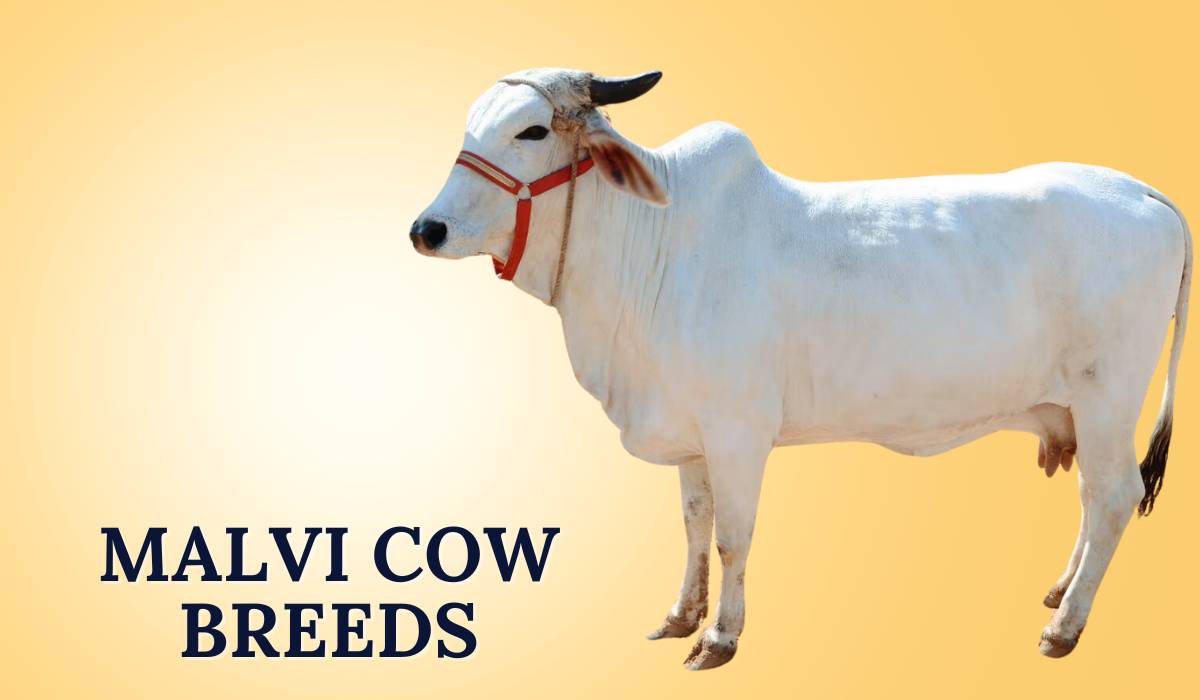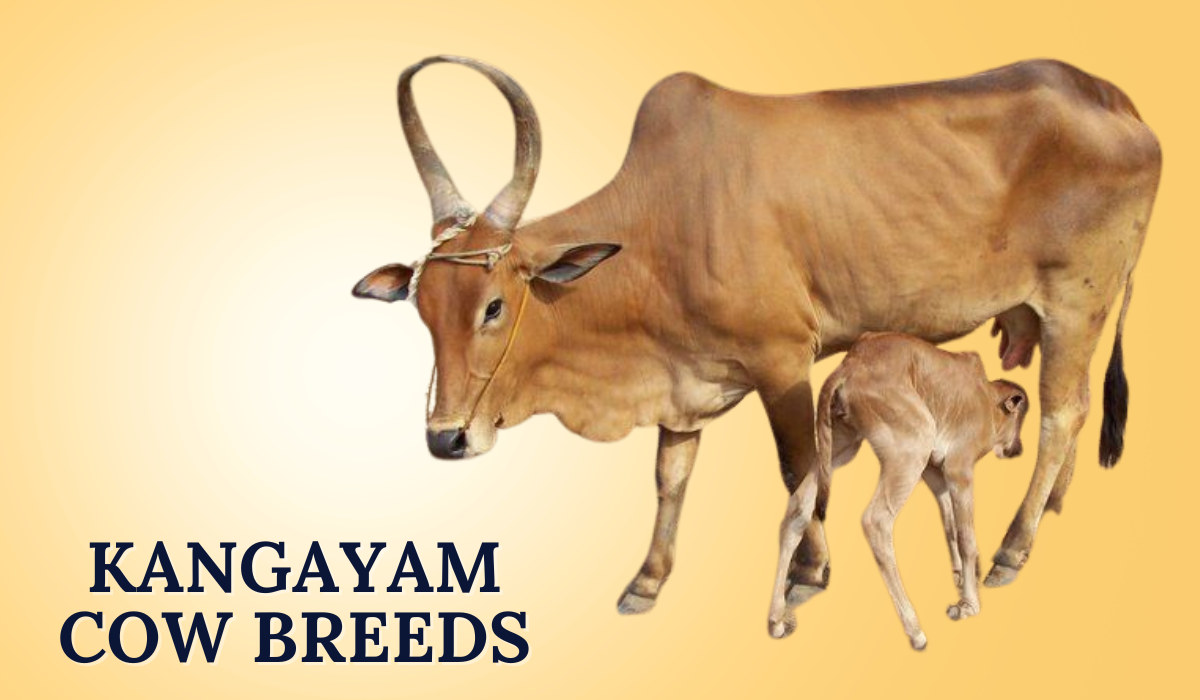The Malvi Cow Breeds In India originate from the Malwa region of Madhya Pradesh, a prominent area for this indigenous breed. These cows show remarkable resilience and adapt well to their environment. They thrive in the region’s climate, which ranges from semi-arid to humid. The Malvi breed has a sturdy build, enabling it to thrive in diverse agricultural environments. This breed excels at producing high-quality milk. They can maintain a good milk yield even in less-than-ideal conditions. Farmers highly value Malvi cows for their ability to work as draft animals. They assist with plowing and other farming activities.
In addition to their utility in farming, Malvi Cow Breeds In India also hold cultural significance in rural communities. They play a key role in the traditional farming system, as farmers use their milk for both household consumption and commercial purposes. Farmers also appreciate the breed for its strong resistance to common cattle diseases, which simplifies maintenance.. The Malvi cow is a vital part of Madhya Pradesh’s socio-economic fabric. It plays a critical role in dairy farming and the rural economy. Efforts are underway to conserve and promote this hardy breed. The aim is to ensure its long-term sustainability in India’s agricultural landscape.
Origins and Historical Significance of Malvi Cows
The Malvi cow breeds in Madhya Pradesh are named after the Malwa region, which is the heartland of their origin.
Historically, the breed has played a crucial role in the rural economy. It provides milk, draught power, and manure for agriculture. Its natural habitat is the dry and semi-arid regions of Madhya Pradesh. Here, it has evolved to thrive in less-than-ideal conditions, making it a hardy breed for farmers.
Traditionally, the Malvi cow in Madhya Pradesh was used for multiple purposes. These included plowing fields, transporting goods, and providing milk. While the breed’s primary purpose was once as a draught animal, its role has expanded. Many farmers now focus on its milk production. These cows have been central to rural life. Their continued rearing sustains the agricultural economy of the region.
Despite facing competition from crossbred and bizarre dairy cows, the Malvi cow remains affordable. Its price is under 50,000 INR making it a cost-effective option. Farmers who prioritize low-cost maintenance and steady milk production often prefer this breed.
Key Characteristics and Pricing of Malvi Cows
The Malvi cow breed is an affordable option for farmers, with prices under ₹50,000. These cows are medium-sized, with a sturdy body and strong legs. They have a broad chest and a characteristic hump over their shoulders. Their short coat varies in color, ranging from light brown to dark gray.
Malvi cows produce 5–8 liters of milk daily. Milk production depends on factors like diet and environmental conditions. This makes them a reliable income source for dairy farmers. They are especially beneficial in rural areas where advanced milking techniques are rare.
The price of Malvi cow milk in India ranges from ₹45 to ₹65 per liter. It depends on factors like quality and regional demand. Malvi cows are known for producing A2 milk, which is easier to digest and healthier than A1 milk. This has increased the demand for their milk, enhancing their economic potential.
Health Benefits of Malvi Cow Milk and Common Diseases
The Malvi cow breeds milk benefits are widely recognized for their nutritional richness. Rich in vitamins, minerals, and proteins, the milk of this breed offers numerous health benefits, particularly for improving bone health, strengthening the immune system, and promoting healthy digestion. The Malvi cow breeds milk benefits for male consumers include improved muscle strength and better energy levels.
In addition to these general benefits, traditional Ayurvedic practices often highlight the skin benefits of Malvi cow breed milk. Its moisturizing properties and high-fat content improve skin texture and reduce blemishes. Many organic skincare brands now source Malvi cow milk for making soaps, creams, and lotions, capitalizing on the natural properties of this indigenous breed.
However, the Malvi cow breeds diseases can sometimes affect their milk production and health. Common issues include mastitis, a bacterial infection that affects the udder, and other parasites like ticks or worms that can cause discomfort or weight loss. Timely veterinary care and proper vaccination can help mitigate these risks.
The Malvi breed has a sturdy build, enabling it to thrive in diverse agricultural environments. This breed excels at producing high-quality milk.. Calves, or Malvi cow breeds babies, are generally hardy and grow quickly, contributing to the continued prosperity of farming households.
Conservation, Milk Donation, and Economic Impact
As with many indigenous breeds, the Malvi cow breeds donation initiatives are crucial for preserving their genetic lineage. Various non-profit organizations, along with government programs, encourage the donation of Malvi cows for milk to improve the livelihoods of underprivileged farmers. These cows not only provide milk for household consumption but also contribute to the overall economy by improving agricultural productivity through their manure and labor.
Due to the high demand for Malvi cow milk price per kg, the economic opportunities for farmers are increasing. The milk’s A2 protein content, along with its natural goodness, is driving its popularity in health-conscious urban markets, which in turn increases the potential income from selling the milk.
Conclusion : The Cow Breeds In India are a vital part of India’s indigenous cattle heritage. Known for their strength, milk yield, and resilience to harsh conditions, these cows provide a reliable source of income and nutrition to farmers. With increasing awareness about the health benefits of Malvi cow milk, including its impact on skin and muscle health, the demand for this breed is growing.
Despite facing challenges such as disease and competition from other breeds, the Malvi cow breeds price under 50,000 INR and their versatile benefits make them an excellent choice for small-scale farmers. Efforts to conserve and promote Malvi cows for milk, including donation programs and regional support, are essential to ensure the continued survival and prosperity of this invaluable breed.



